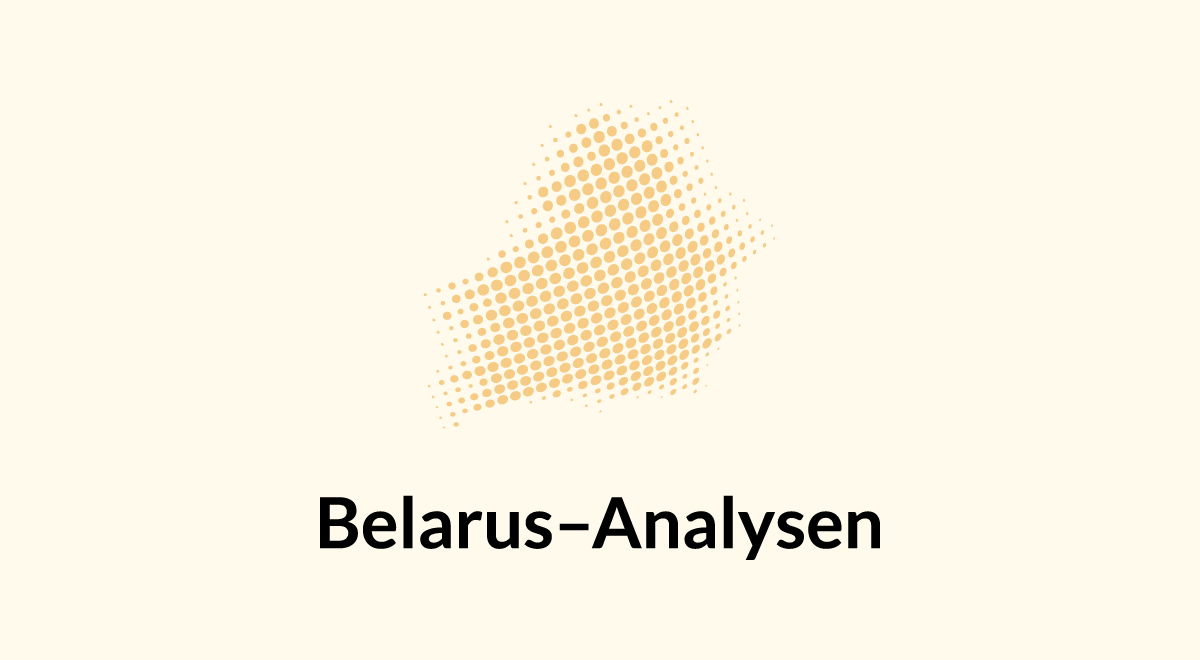 Analyse
Analyse Von Fabian Burkhardt, Jan Matti Dollbaum
Infolge der Proteste gegen die offiziellen Ergebnisse der Präsidentschaftswahl von 2020 hat Aljaksandr Lukaschenka im Frühjahr 2021 die Pläne zu einer Verfassungsreform wieder aufgenommen. Ziel des Vorstoßes ist es, einerseits dem Wunsch nach Veränderung aus der Bevölkerung entgegenzukommen, ohne auf die Forderung nach Neuwahlen zu reagieren. Andererseits scheint er zu beabsichtigen, die Veränderung so zu gestalten, dass seine Macht im Präsidentenamt vorerst gefestigt wird. Ergebnisse einer Online-Umfrage legen nahe, dass die von Lukaschenka vorgeschlagenen Verfassungsänderungen wohl kaum ausreichen werden, um der breiten gesellschaftlichen Nachfrage nach Demokratisierung und Machtbeschränkung auch nur annähernd nachzukommen – aber auch, dass sich Unterstützer:innen und Gegner:innen Lukaschenkas nicht in jeder Hinsicht unversöhnlich gegenüberstehen.
Zum Artikel ![]() Artikel
Artikel Von Nadja Douglas
ZOiS Report 6/2020 State-society relations in Belarus have been tense for many years. The presidential elections in August 2020 and the mishandling of the ongoing Covid-19 pandemic have proved to be the catalyst that brought these fragile relations to a complete breakdown. Over the years, the widening gap between a new generation of an emancipated citizenry and a regime stuck in predominantly paternalistic power structures and reluctant to engage in political and economic reforms has become increasingly evident. The deteriorating economy during the last decade and the perceived decline of the country’s social welfare system have been important factors in these developments. At the same time, the regime has continued to invest in its domestic security structures to a disproportionate extent compared with neighbouring states, allowing the so-called silovye struktury (“state power structures”) to gain influence at the highest level of state governance. (…)
Zum Artikel auf zois-berlin.de